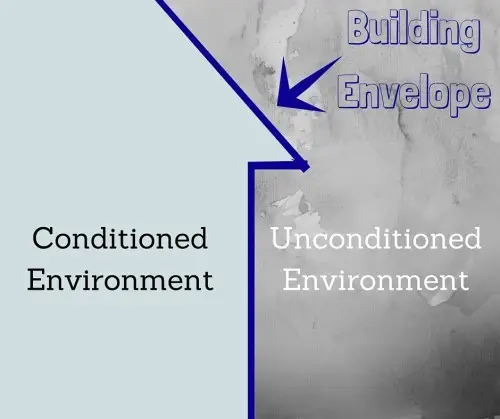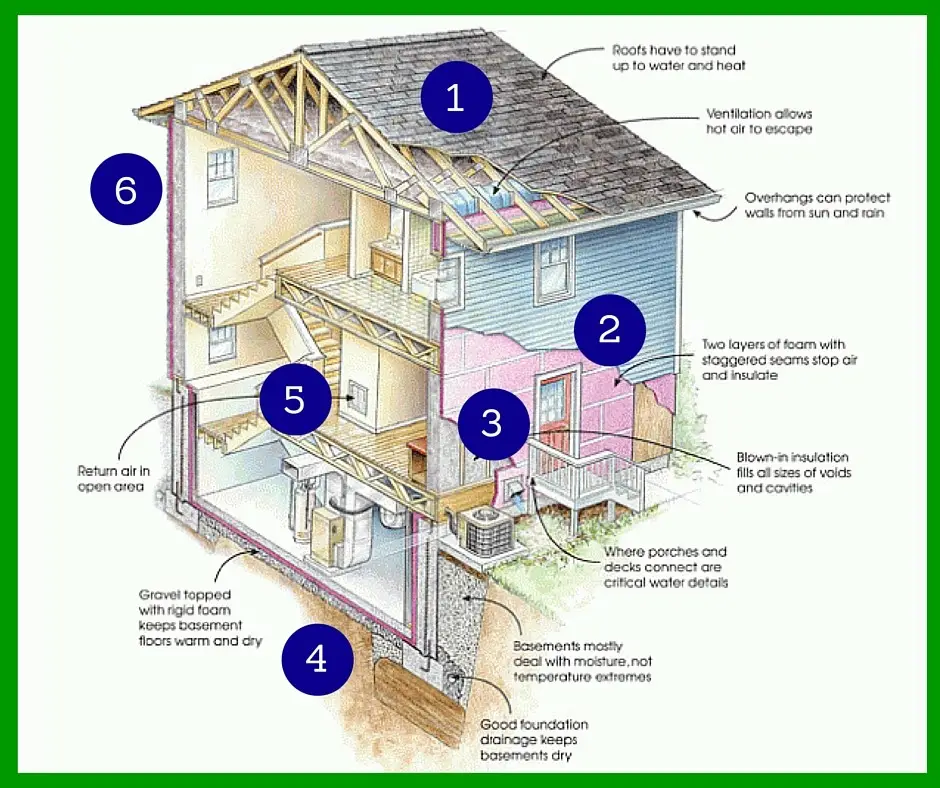
How to Prepare Your Home for Winter: A Guide to Insulation, Ventilation & Energy Savings
When learning how to prepare your home for winter, two essential strategies stand out:
Insulating your building envelope
Ventilating your building envelope
These actions help your home retain heat, improve energy efficiency, and reduce the risk of winter-related damage.
What Does It Mean to Be Energy Efficient?

Before diving into action, it’s helpful to understand what makes a home energy efficient. According to the International Energy Agency, energy efficiency is about reducing energy waste while maintaining comfort.
In winter, this translates into:
Lower heating and electricity bills
Improved indoor comfort
Reduced energy usage overall
As a result, the steps you take now will pay off throughout the cold season.
Understanding the Building Envelope

If you’re wondering where to begin in how to prepare your home for winter, start with the building envelope. This refers to the physical separation between your heated indoor space and the cold outdoors. It includes:
Roof
Walls and siding
Windows and doors
Foundation and basement
Insulation
Each component plays a critical role in regulating heat and airflow, preventing moisture damage, and keeping your home warm.
What Your Building Envelope Does
Your home’s envelope has three primary functions:
Support – It holds up the structure and resists weather forces
Control – It regulates air, water, and energy movement
Finish – It shapes the look and style of your home
In winter prep, we focus on function #2—controlling heat and moisture flow. The better your home does this, the warmer and more efficient it will be.
How to Prepare Your Home for Winter Using the Building Envelope
Here’s what to inspect and optimize before the first snowfall:

1. Roof
Ensure your roof is in good shape. It must shed snow and resist ice buildup. A properly insulated roof maintains an even temperature, which helps prevent ice dams.
2. Siding
Your siding isn’t just for looks—it helps insulate your home and keeps moisture out. Repair any cracks or damaged panels before cold weather sets in.
3. Windows and Doors
Use an incense stick to detect air leaks around windows and doors. If the smoke flickers, it means cold air is sneaking in. Seal gaps with weatherstripping or caulk, or consider upgrading to energy-efficient models.
4. Chimneys, Porches, and Attachments
All connections between your home and outdoor structures must be tightly sealed. Otherwise, warm air escapes, and water or pests may enter.
5. Basement
Insulate and ventilate your basement to prevent mold and cold air intrusion. Install proper drainage systems if you haven’t already.
6. Heating Zones
Focus heating efforts on rooms you use most often. Heating unused areas wastes energy and increases costs.
Why Insulation and Ventilation Matter
Both insulation and ventilation are key to maintaining a comfortable home.
Insulation keeps warm air inside
Ventilation controls moisture and prevents mold, ice dams, and rot
Together, they allow your building envelope to do its job efficiently.
Use Our Winter Ready Checklist
Want to make sure you don’t miss anything? Use our Winter Ready Checklist to inspect and upgrade your home room-by-room. This list includes guidance for checking attic insulation, sealing window frames, and improving basement airflow.
You can also use infrared scans or a home energy audit to identify areas where energy is being lost.
Final Thoughts: Start Winter Prep Early
Knowing how to prepare your home for winter means understanding your home’s systems—and acting before the first freeze. From your roof to your basement, every element of your building envelope matters.
📩 Need expert advice? Contact Stephanie Vanderbilt at svanderbilt@mycoastalwindows.com
📞 Or call 978-304-0495 for a free consultation
Stay warm, save money, and keep your home protected—all winter long.

